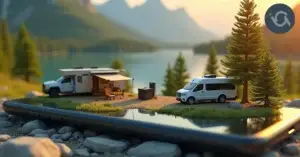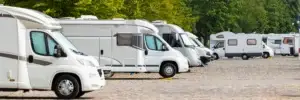Challenges and Opportunities for Campsite Operators Campers have come a long way from pitching tents in the wild, embracing a new era where outdoor adventure meets modern luxury. Today’s campers and caravan owners bring with them an array of electronic devices and appliances that reflect a shift in modern camping culture towards comfort and connectivity. This evolution presents unique challenges for campsite operators, who must now address increased energy demands and rising electricity costs within often outdated infrastructures.
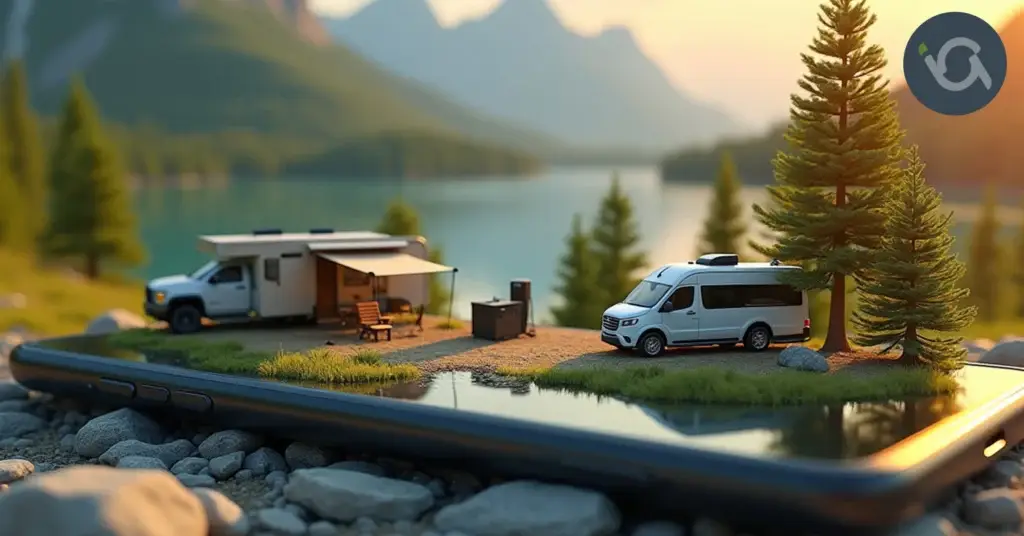
The transformation of Camping Culture
The camping landscape is evolving, driven by campers’ desires for more comfortable and connected experiences. The presence of large refrigerators, multiple heating and cooling devices, and a host of personal electronics like smartphones and tablets has become standard in modern camping. This shift is not just about luxury; for many, it’s about staying connected to work, family, and the digital world even in the great outdoors.
However, this growing demand for electricity presents significant challenges for campsite operators who are navigating these changes amidst rising electricity costs and aging energy systems. Modern camping places a high demand on electricity that older systems might struggle to meet.
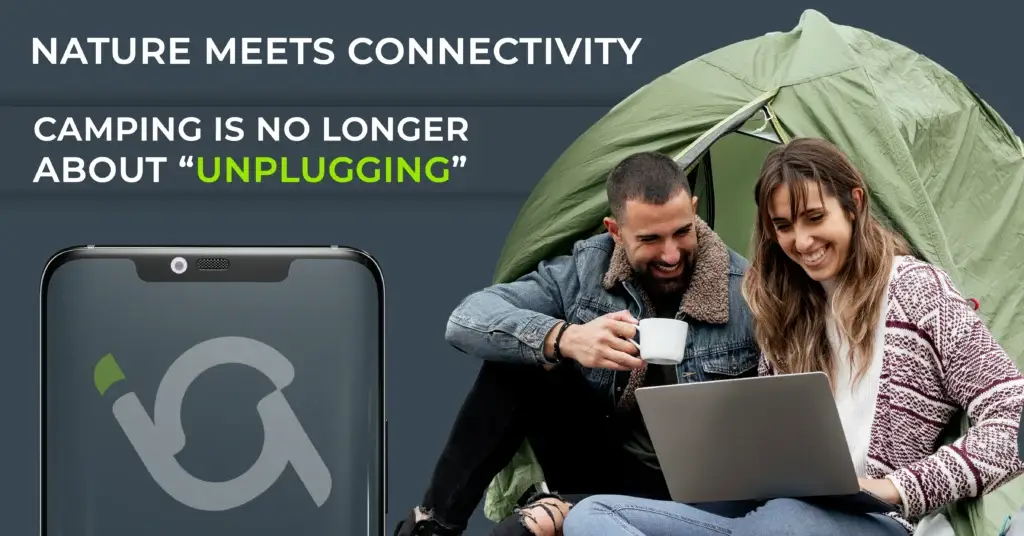
Challenges for Campsite Operators
Increased energy demand: As the number of electrically powered devices in campers’ arsenals increases, so does the strain on campsite infrastructures. Many campsites were not originally built to accommodate such high energy consumption, leading to potential overloads and power outages inherent in modern camping.
Rising electricity costs: With global energy prices climbing, maintaining an affordable supply of electricity to meet these growing demands is becoming increasingly expensive. Operators face the challenge of balancing operational costs while remaining competitive and attractive to visitors who favor modern camping.
Infrastructure limitations: Many campsites operate on legacy infrastructures that are ill-suited to meet modern energy requirements. Upgrading these systems is a significant investment but necessary to ensure efficient energy distribution and reduce the risk of outages usually experienced in modern camping.
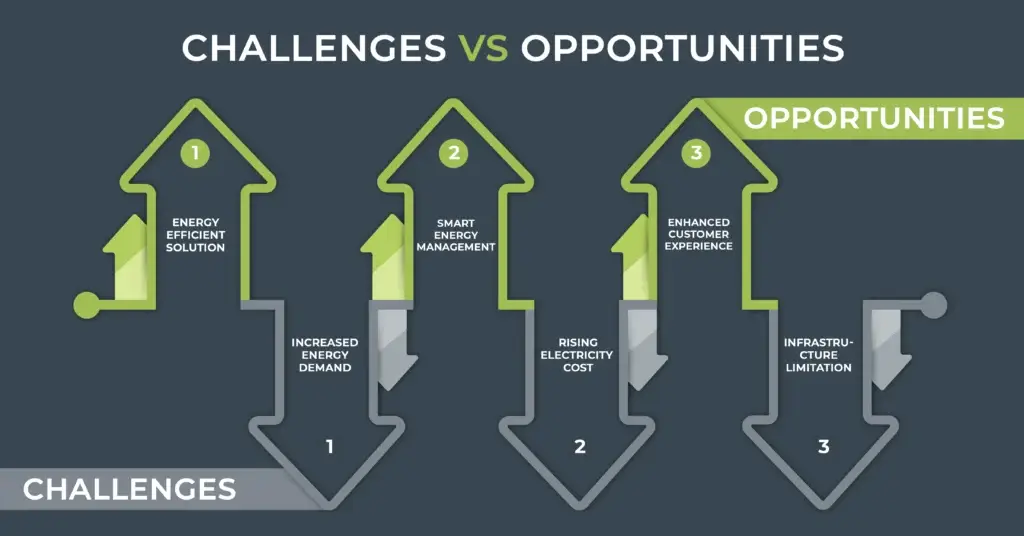
Opportunities for Innovation
Amid these challenges lies a wealth of opportunity for innovation in campsite management:
Energy efficient solutions: Investing in energy-efficient technologies and infrastructure upgrades can help mitigate rising costs and improve service reliability. Implementing renewable energy sources like solar panels can offer sustainable alternatives to traditional power sources used in modern camping.
Smart energy management: Incorporating smart technologies allows operators to monitor and optimize energy usage. This can include offering dynamic pricing models, enabling campers to pay for extra power if needed, thus opening up new revenue streams. Modern camping options such as these enhance overall efficiency.
Enhanced customer experience: By addressing and adapting to these energy demands, campsites can enhance the overall guest experience, catering to modern campers’ needs without compromising reliability or affordability. Modern camping, thus, becomes more enjoyable and accessible.
So as the camping landscape continues to evolve, campsite operators must adapt to not only survive but thrive in this new environment. By embracing the challenge with innovative solutions, they can turn potential pain points into opportunities for growth and sustainability. The future for campsites is not just about providing a place to pitch a tent, but about offering a fully connected, comfortable, and sustainable outdoor experience, catering to the realities of modern camping.


